
Nepal’s Foreign Policy Gambits in Oli’s New Term: An Analysis
In mid-July, K.P. Sharma Oli assumed office as Nepal’s Prime Minister with backing from the Nepali Congress, taking over from Pushpa Kamal Dahal ‘Prachanda’. Nepal, a landlocked nation bordered by India and China, has historically navigated a delicate diplomatic path between these two regional giants. During his term, Prachanda balanced this intricate relationship and brought economic relief by securing the long-awaited Millennium Challenge Corporation (MCC) grant of $500 million from the United States. Oli’s previous tenure, however, was marked by friction with India, a gap China leveraged by drawing Nepal into the Belt and Road Initiative (BRI). Now, Oli’s second term indicates a return to diplomatic balance, as he signals a cautious approach toward both neighboring powers.
Oli’s new cabinet, backed by the Nepali Congress, has indicated a fresh start with India, exemplified by a visit to India by Foreign Minister Dr. Arzu Rana Deuba in August. Nevertheless, certain moves, such as awarding a currency-printing contract to a Chinese company and choosing China for his first official visit, suggest a shift favoring Beijing. Such decisions have raised concerns among Kathmandu and New Delhi analysts, who fear Nepal may lean too heavily on China, risking imbalances that could leave Nepal economically vulnerable.
China’s investments in Nepal have surged through the BRI, with infrastructure projects like Pokhara International Airport and other developments in the Kathmandu Valley. These initiatives support Nepal’s transportation and connectivity, aligning with China’s larger agenda in South Asia. The recent currency contract with China’s Banknote Printing and Minting Corporation—tasked with producing 300 million new 100-rupee notes featuring disputed territories with India—carries diplomatic undertones that resonate beyond economics.
The potential risk of a “debt trap”—a situation in which a nation accumulates unsustainable debt, often from a single lender—remains relevant for Nepal, especially given that most Chinese-backed projects operate on a lending model. Although Nepal’s Chinese debt levels remain modest, loan-funded projects like Pokhara International Airport, a $215 million venture, already show repayment concerns as projected revenues fall short. Such situations resemble challenges faced by Sri Lanka and Pakistan, where Chinese-financed projects have led to economic crises and, in Sri Lanka’s case, the transfer of strategic assets like the Hambantota Port to Chinese control.
Comparisons between Nepal’s Chinese-funded projects and those in Sri Lanka and Pakistan suggest the risk of similar debt dependency if Nepal relies too heavily on loans for projects with uncertain returns. Chinese investments in Nepal come as loans, not grants, placing a burden on Kathmandu to ensure that each project proves financially viable. Recent criticisms from a journalist on hidden costs associated with the BRI drew rebuke from a Chinese diplomat in Nepal, highlighting the tension surrounding Chinese involvement.
Nepali Congress, the largest party and part of Oli’s ruling coalition, has also voiced concerns, advocating for grants over loans in the Nepal-China relationship. China, in turn, aims to deepen its foothold in Nepal, particularly through loan-based BRI projects. However, reports from Nepali analysts caution that BRI project costs often exceed estimates, with hidden terms in agreements further inflating expenses.
India, Nepal’s closest ally, is closely monitoring Oli’s policies, particularly following the currency contract awarded to a Chinese firm. As Oli heads northward for his official visit, these moves will be pivotal in shaping Nepal’s diplomatic landscape and testing the resilience of its balancing act in the coming months.
Harsh Pandey is a Doctoral Candidate at the School of International Studies, Jawaharlal Nehru University, New Delhi.
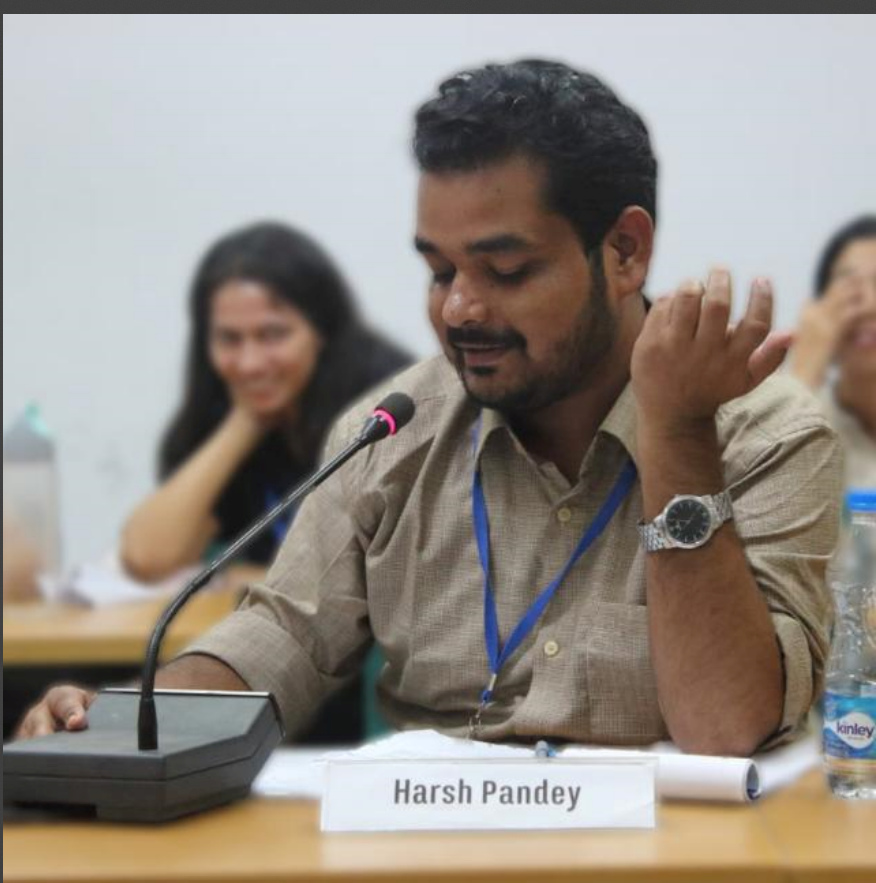

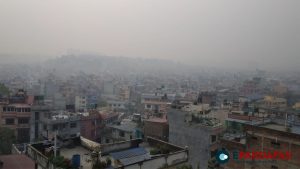
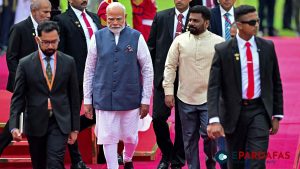
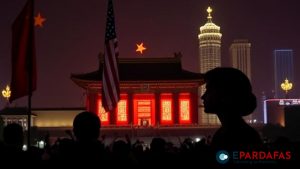



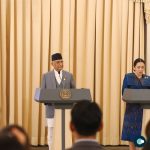
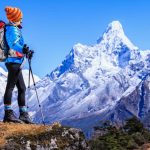



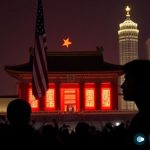
Comments